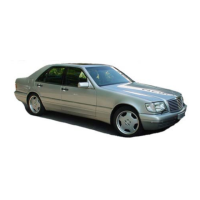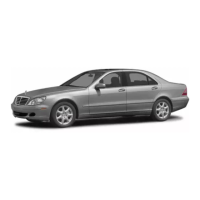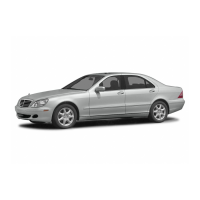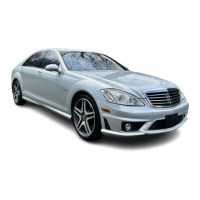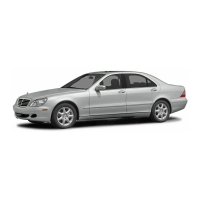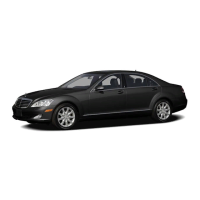32
Safety
Occupant safety
This section will familiarise you with the
most important features of the restraint
systems in your vehicle. In the event of an
accident, your vehicle may collide with
another object, e.g. another vehicle. This
may cause your vehicle to accelerate or
decelerate extremely quickly. During this
acceleration or deceleration, the vehicle
occupants will be propelled in the opposite
direction to the force of the impact. This
means that the vehicle occupants risk be-
ing injured on the vehicle interior or on
parts of the vehicle. The purpose of com-
plementary restraint systems, i.e. princi-
pally the seat belts supplemented by belt
tensioners, belt force limiters and airbags
where necessary, is to minimise this risk of
injury. However, seat belts and airbags are
generally unable to prevent injuries caused
by objects penetrating the vehicle from the
outside.
The most important restraint systems are:
앫 Seat belts
앫 Restraint systems for children,
as they are the most effective means to
restrict occupant movement in the
event of an accident
Additional protection is provided by:
앫 SRS system (Supplemental Restraint
System) consisting of:
앫 Belt tensioners
앫 Belt force limiters
앫 Airbags
앫 Preventive occupant safety (PRE-
SAFE
®
)
i Airbags increase the protection of vehicle
occupants wearing a seat belt. However, airbags
are only an additional restraint system which
complements, but does not replace, the seat
belt. All vehicle occupants must wear their seat
belt correctly at all times, even if the vehicle is
equipped with airbags. This is because on the
one hand, airbags are not deployed in all types of
accident, as in some situations airbag deploy-
ment would not increase the protection afforded
to vehicle occupants, provided they are wearing
the seat belts correctly.
On the other hand, airbag deployment only pro-
vides increased protection if the seat belt is worn
correctly, because:
앫 the seat belt helps to keep the vehicle occu-
pant in the best position in relation to the air-
bag
앫 for example, in a head-on collision, the seat
belt can to a large extent prevent the occu-
pant from being propelled towards the force
of the impact, and is thus better suited to
prevent injury
Thus, in accident situations where an airbag is
deployed, it only provides additional protection
to that provided by the seat belt if the seat belt is
worn correctly.
Occupant safety
Restraint systems
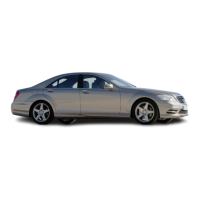
